The indigenous flowers are blooming and this attracts the pollinators, especially the local Carpenter Bees (Xylocopa caffra). Interestingly, the male Xylocopa caffra is the lighter and uniformly yellow colored one, and the female is the one that is darker black with the yellow band. There are three specific flowers that these carpenter bees love in my garden, two are currently flowering. One is the Polygala myrtifolia shrub and the other one is the Coleus neochilus herb. Both of these flower readily and have lots of flowers. The garden is full of these big fuzzy bees!

In this image, the female bee is feasting on some of the Coleus neochilus herb. It is rather a stinky and smelly plant! But it grows so well here and attracts especially the carpenter bees.
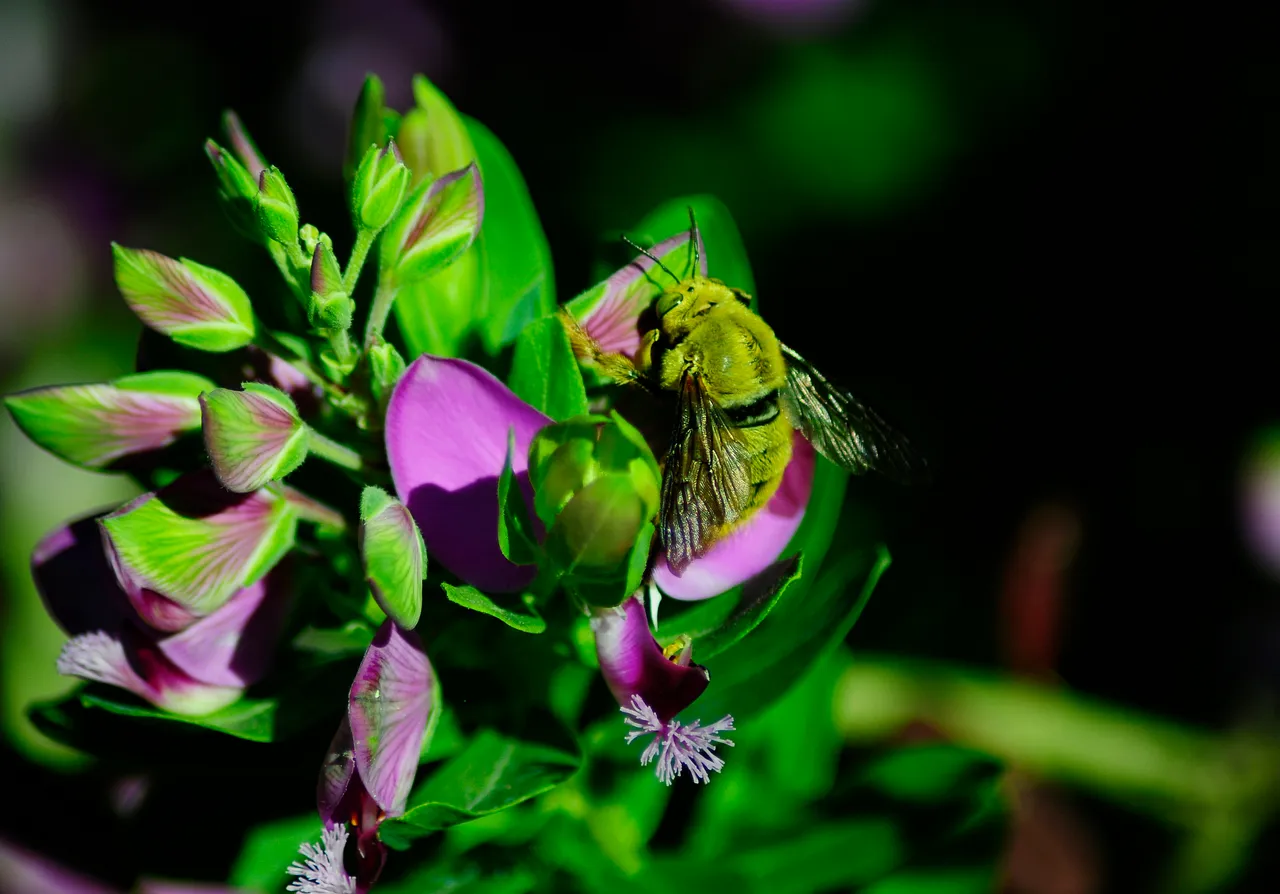
Here you can see the male feasting on some of the flowers of the Polygala myrtifolia shrub. You can see many unopened flowers there still are.
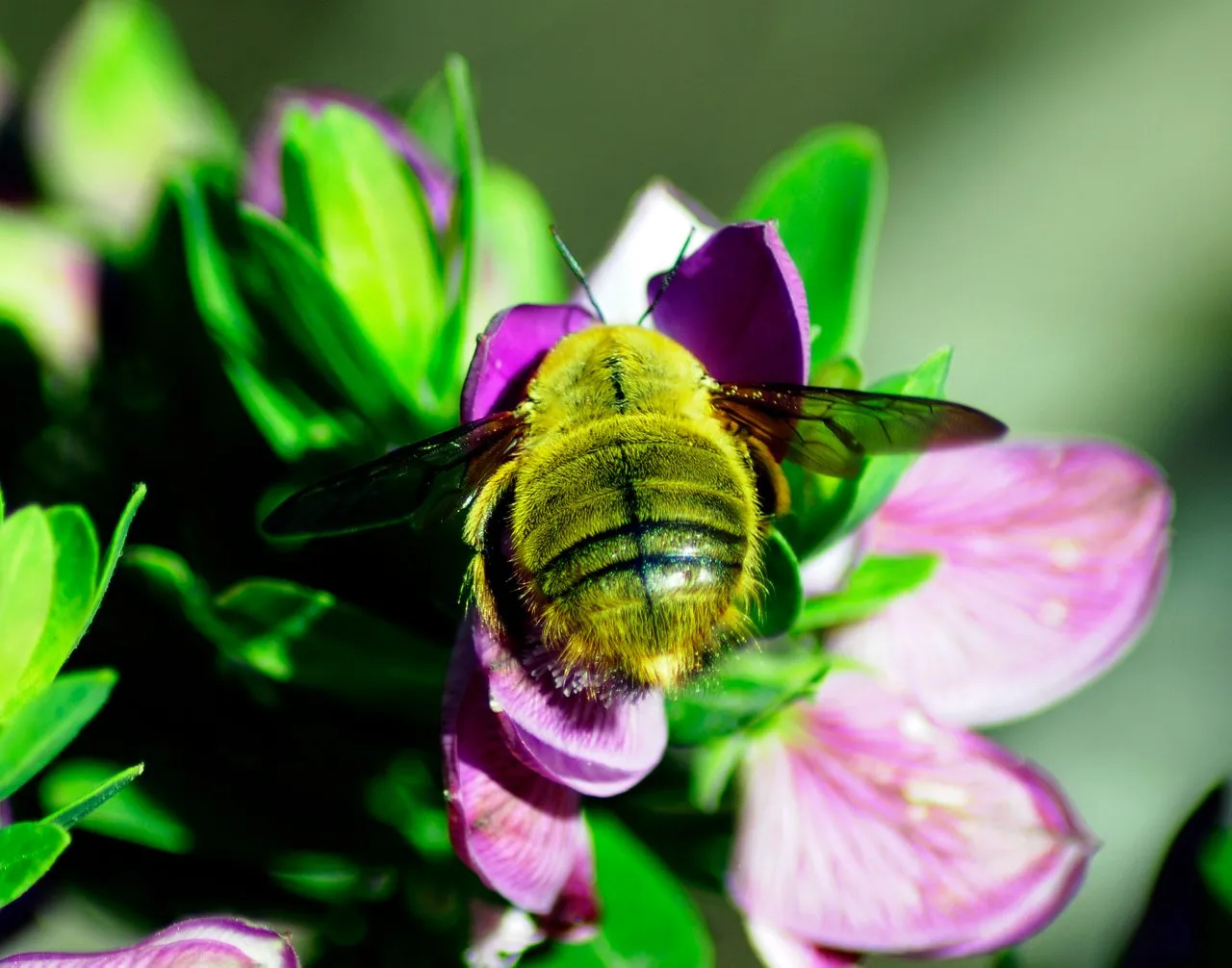
This is a seriously cute image in which you can see the male bee's but or bum with pollen and all. He is seriously getting into the flower. In the next image you can see just how deep he is getting into the flower and clinging to it.

These are solitary bees and they make their nests in dead trees or wood. I place various cut-down trees in my garden for this very reason. I hope that they use some of them, as I have not seen any holes yet.
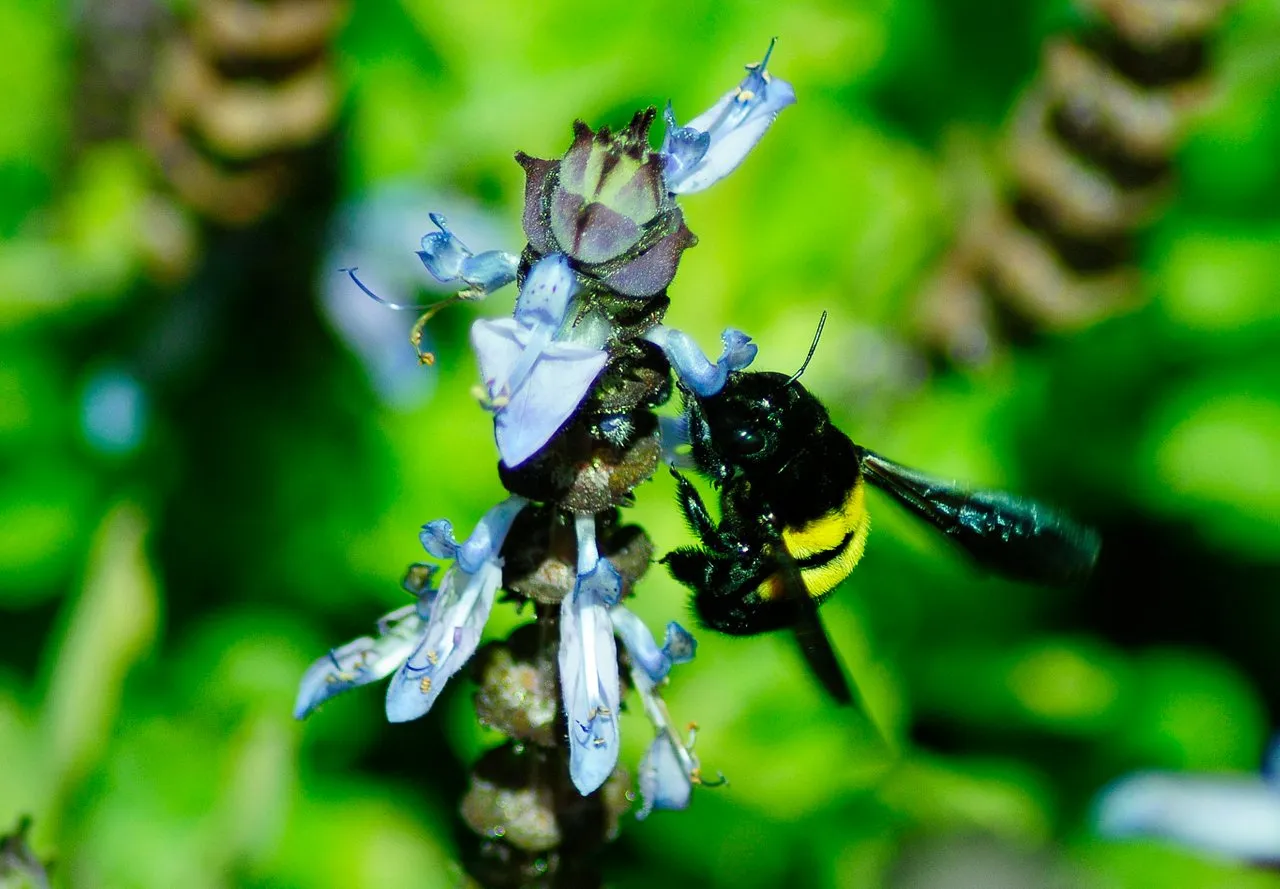
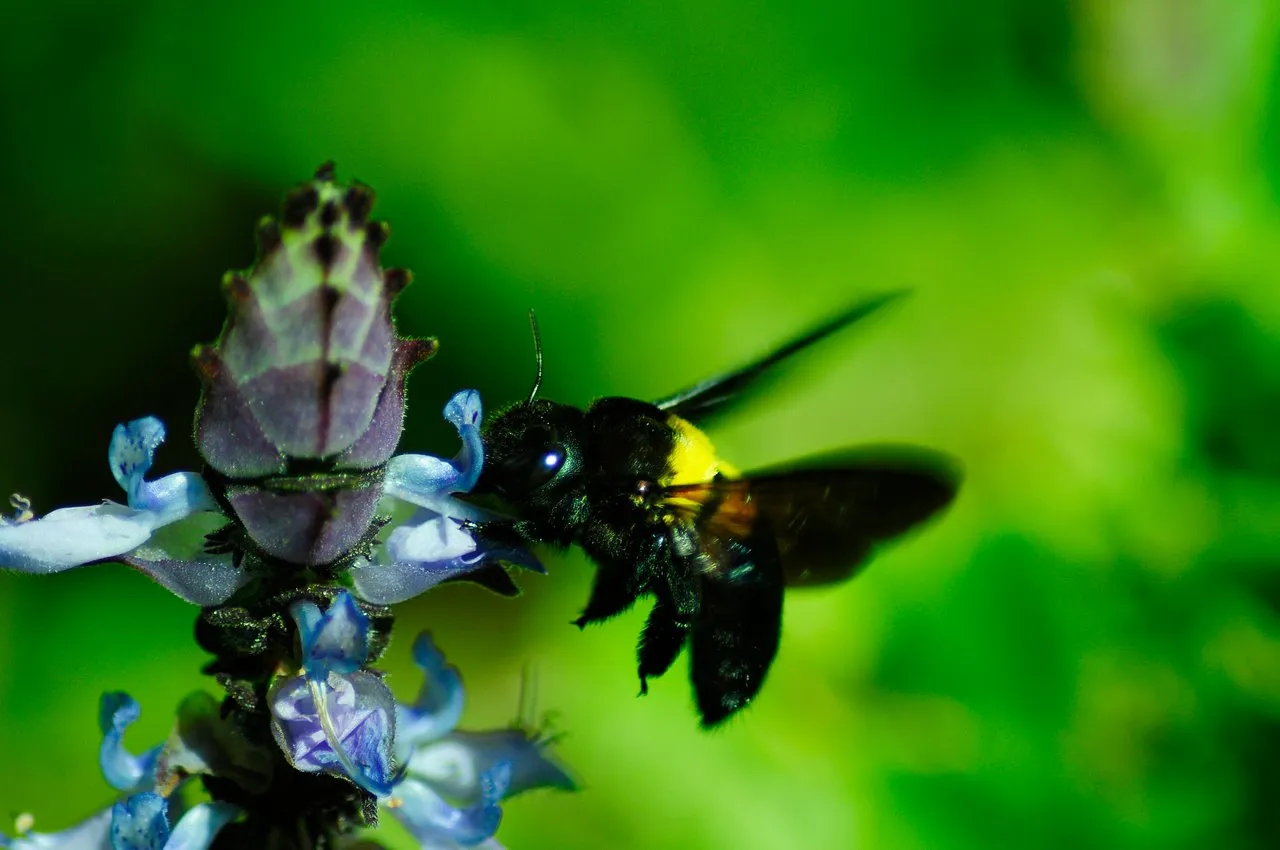
I saw a mini-documentary recently in which they make the claim that honey bees are not necessarily the bees we should be worried about. We should be worried about solitary bees, bees that do not have hives and colonies. This carpenter bee species is endemic to South Africa. Since I lifted my lawn to plant indigenous plants, I have seen especially these bees coming back in vast amounts. The one day I counted at least 10 in a very small area in my garden. This afternoon, I followed at least 5 in one tree.
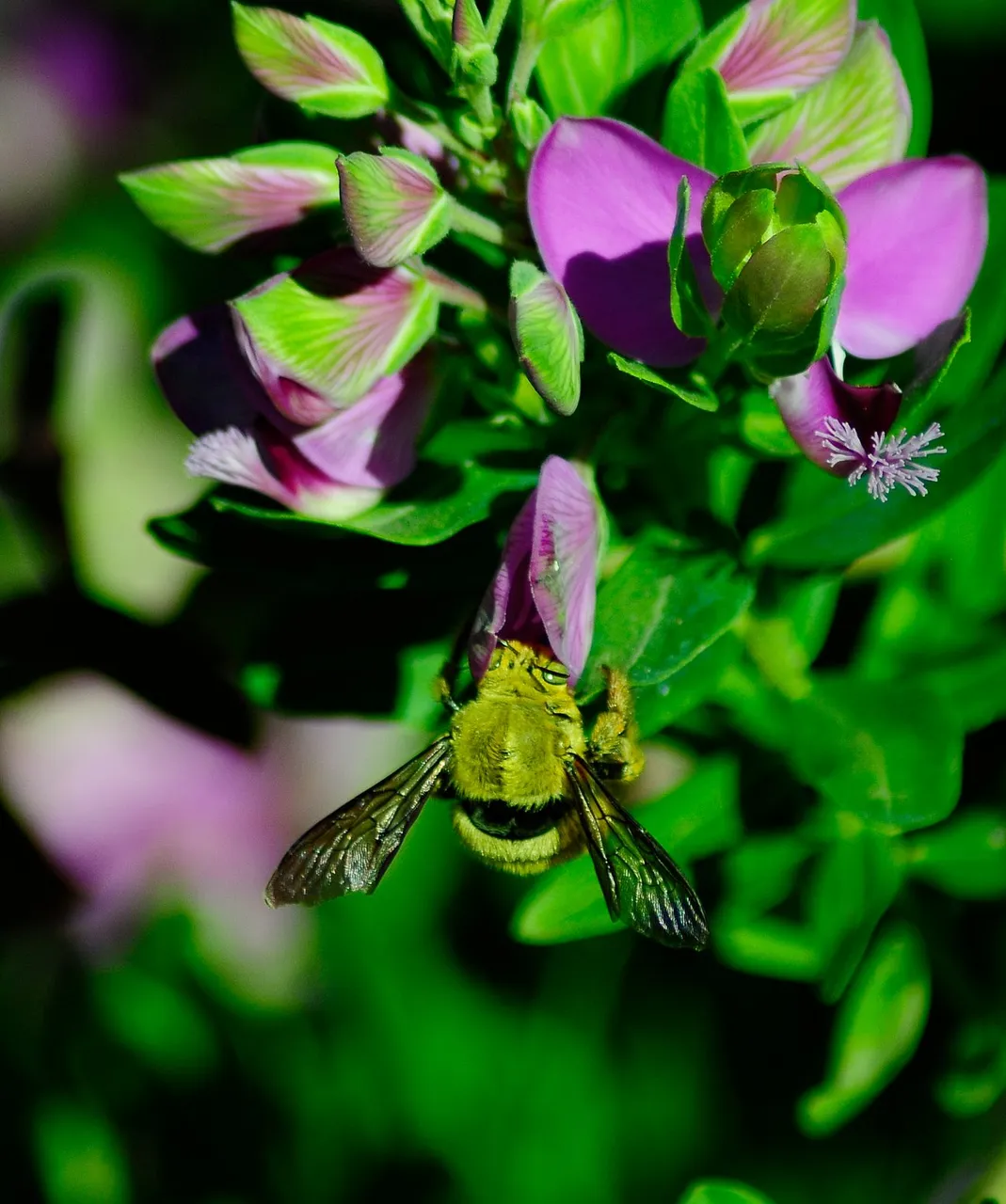
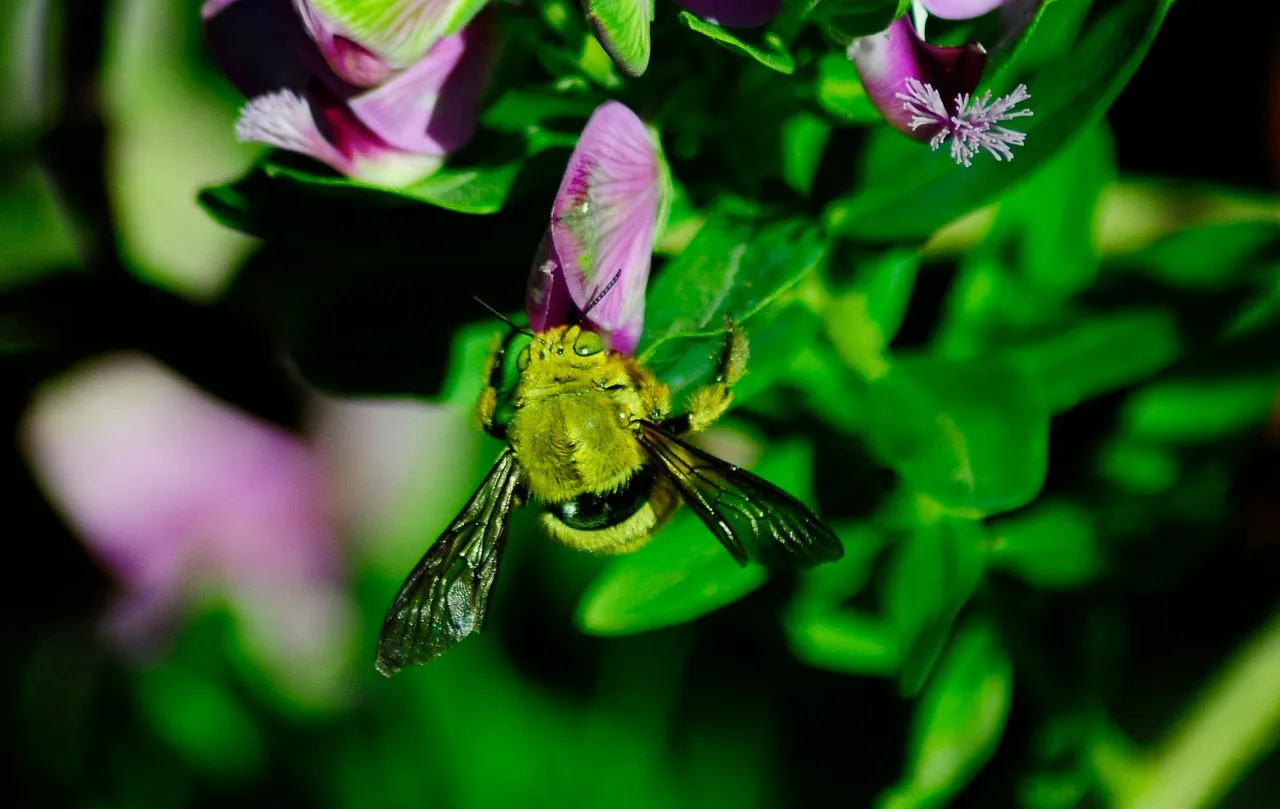

It makes me so sad to think about all the bees and insects that have died since we started using herbicides and since we planted vast amounts of alien species of trees and plants.
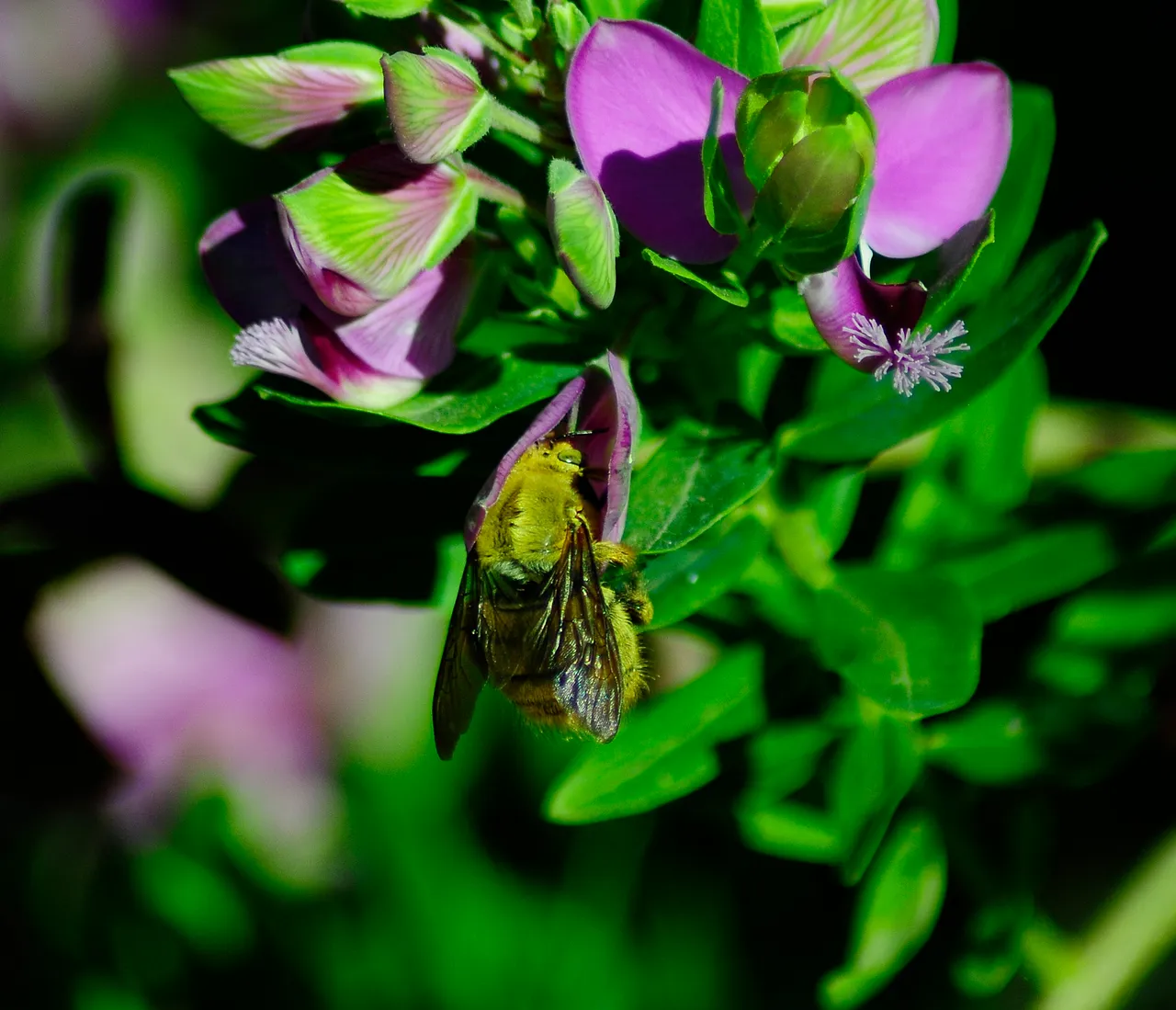


These species of bees are so important to pollinate wild flowers and various indigenous plants like these I posted in this blog. If we cut down all the indigenous shrubs to plant fruit trees, and get rid of all the indigenous wild flowers, where will these stunning insects go? I do not want to think about it. Luckily, we have various gardeners that take pride in helping these insects and others flourish by keeping indigenous gardens.
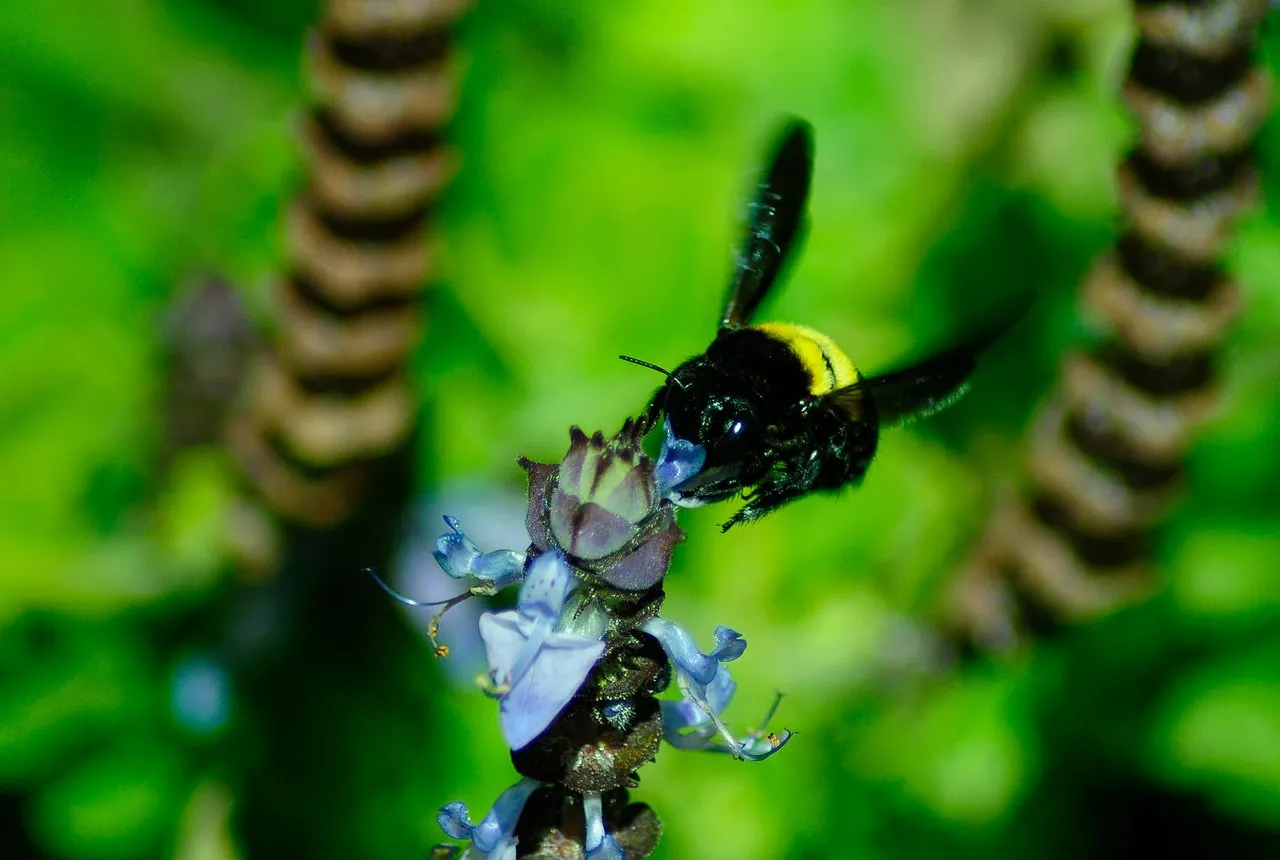

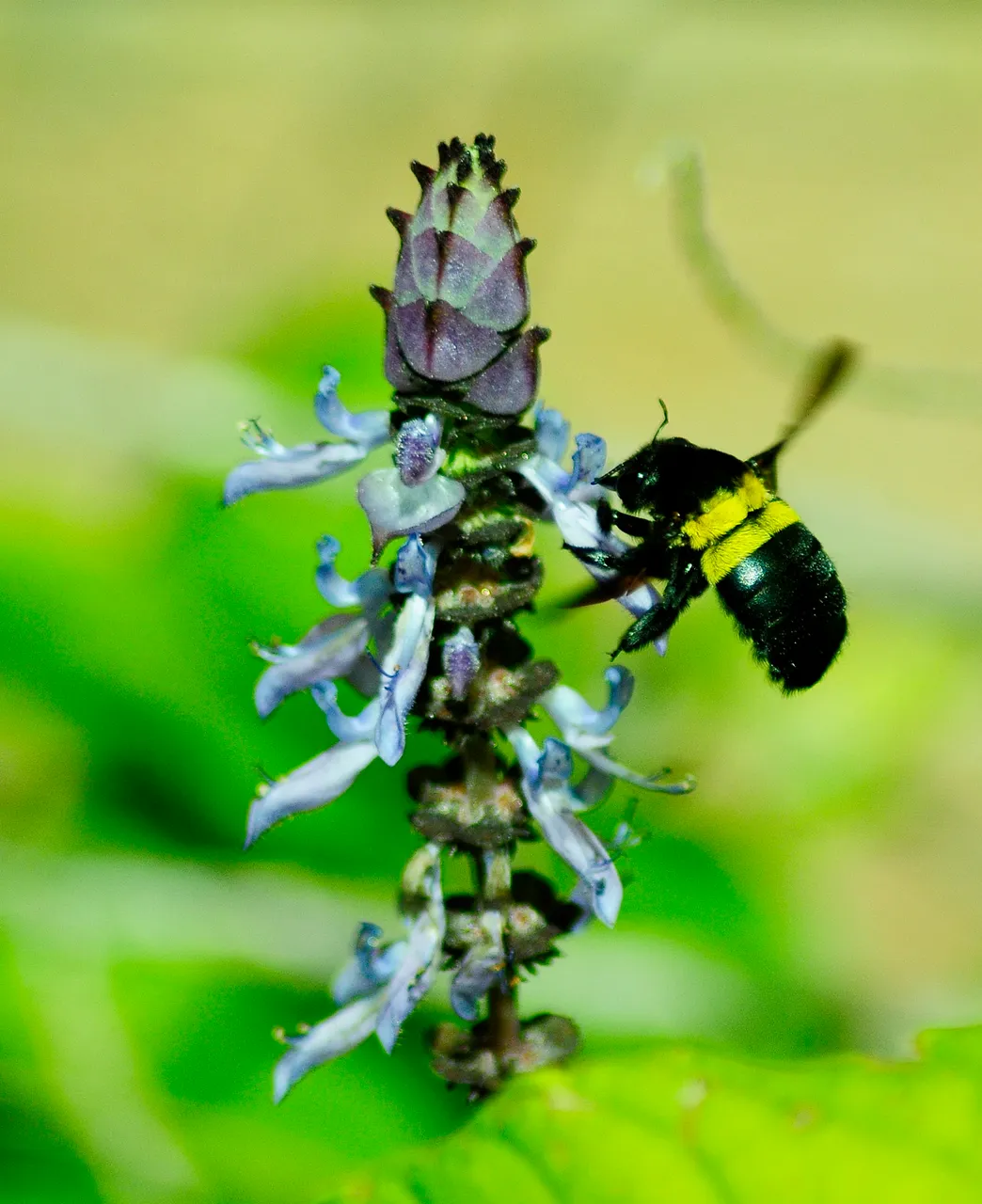

A very important factor of these bees is that they "buzz pollinate" some species of plants. This is rather self-explanatory, but some plants require pollinators to "buzz" or "vibrate" the flower so that it can be pollinated. Honey bees cannot perform this type of pollination because they are too small.
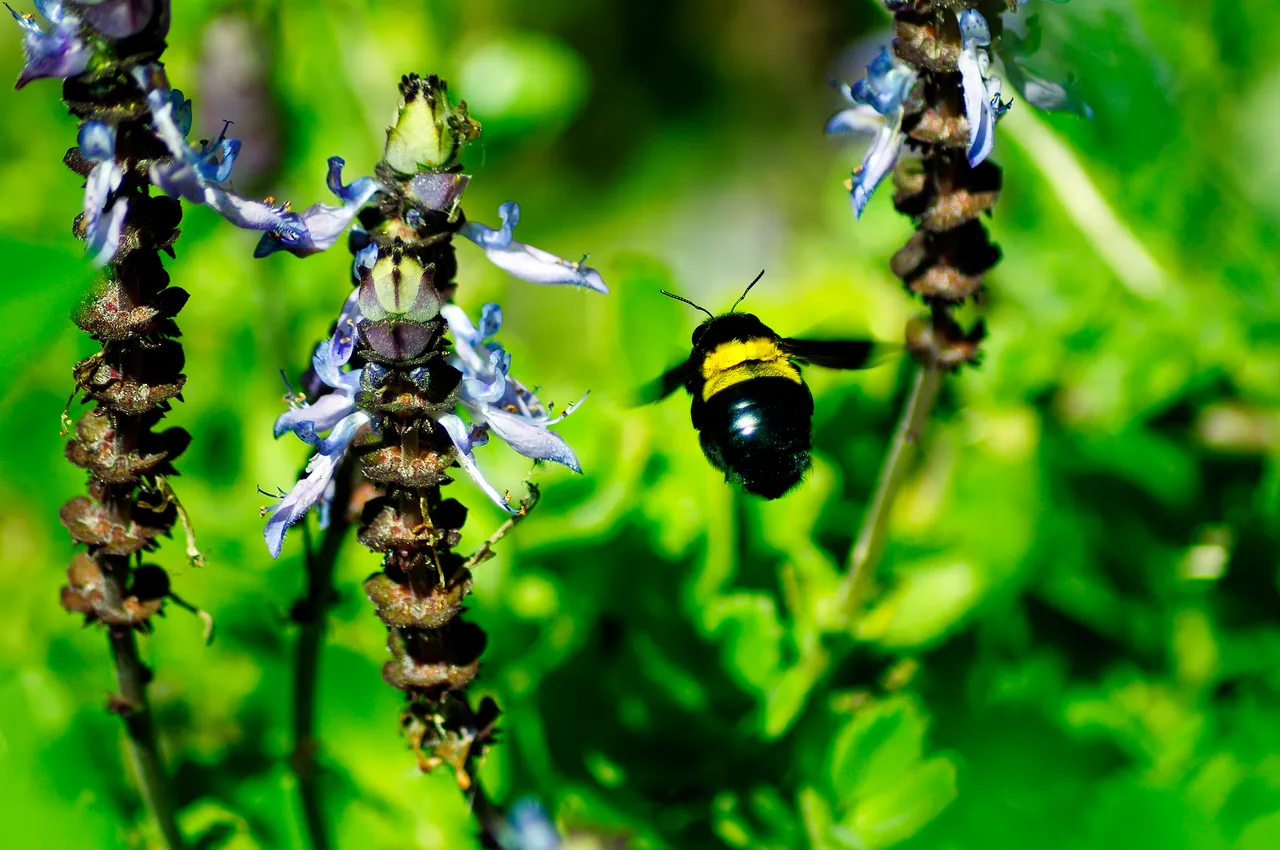
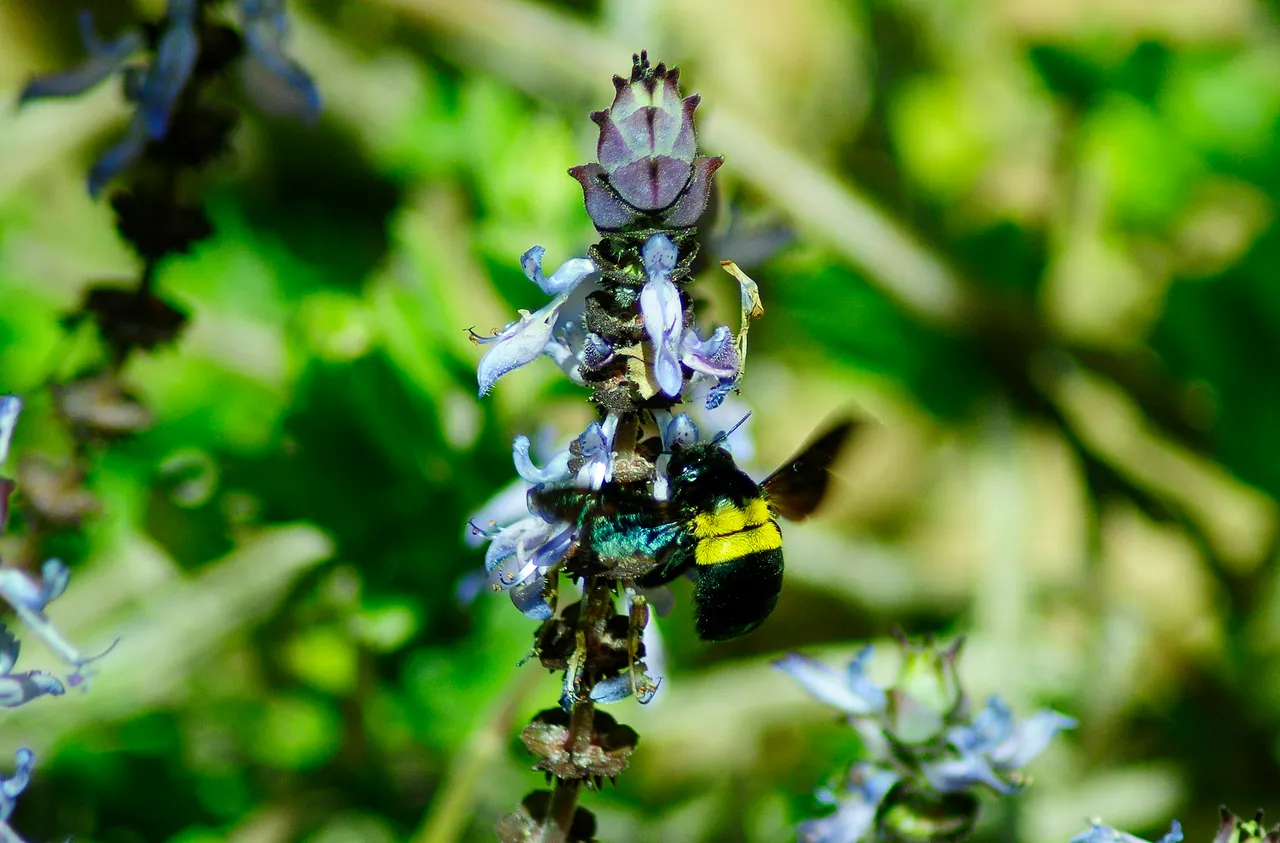
I hope that you enjoyed these images of a stunning and fascinating insect. They look violent or aggressive, but they are so accommodating with me being around them. I really hope that our effort to keep these indigenous plants pay off and keeps their numbers growing.
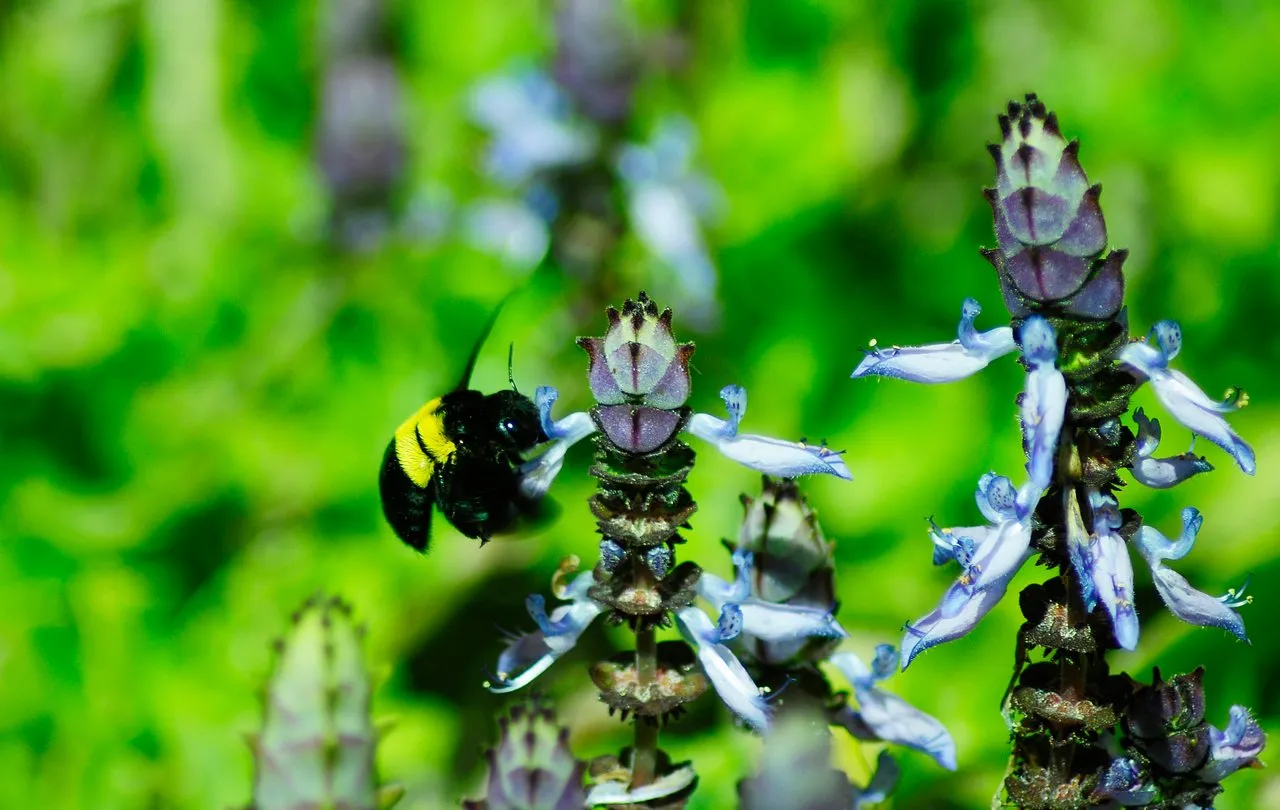

All these images are taken by me and my trusty Nikon D300 camera and a Tamron zoom lens. Minimal editing is done and the colors you see are what it looks like to the naked eye. Stay safe, and look after your local pollinators!
